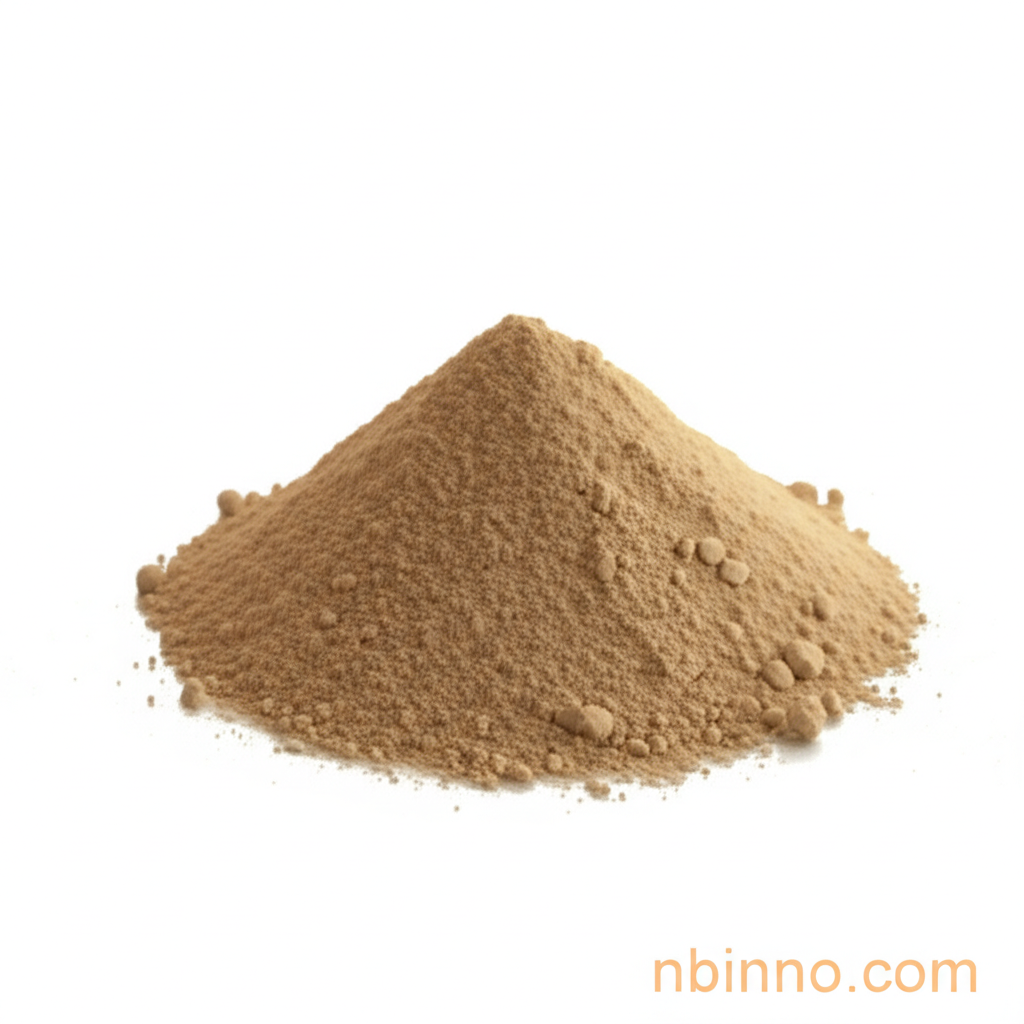9-Phenylanthracene: Properties, Applications, and Synthesis
Discover the essential characteristics and diverse applications of this vital organic intermediate.
Get a Quote & SampleProduct Core Value

9-Phenylanthracene
9-Phenylanthracene (CAS 602-55-1) is a critical organic compound valued for its unique structural properties and versatility in various chemical applications. As a key building block for organic synthesis, it plays a significant role in the development of advanced materials, particularly in the field of electronics and optoelectronics.
- Explore the 9-phenylanthracene properties, including its melting point of 153-155°C and its classification as a light-sensitive solid.
- Understand the importance of organic building blocks for synthesis; 9-Phenylanthracene serves as a foundational component in creating complex molecular structures.
- Investigate the uses of 9-phenylanthracene in electronics, where its fluorescence and electronic properties are highly sought after.
- Learn about sourcing this compound by searching for a reliable buy 9-phenylanthracene online, ensuring high purity for your research needs.
Advantages of Using 9-Phenylanthracene
High Purity and Quality
Accessing high purity phenylanthracene suppliers ensures that your synthesis projects benefit from consistent and reliable material, crucial for reproducible research outcomes.
Versatile Chemical Intermediate
As a vital chemical intermediate, 9-Phenylanthracene can be modified and incorporated into a wide range of larger molecules, expanding its utility across numerous scientific disciplines.
Fluorescent Properties
The inherent fluorescent characteristics make it an attractive component for applications in organic light-emitting diodes (OLEDs) and other photonic devices, contributing to advancements in display and lighting technologies.
Key Applications
Organic Synthesis
Utilized as a foundational component in various organic synthesis pathways, enabling the creation of complex aromatic systems and novel molecular architectures.
Material Science
Its electronic and optical properties make it a valuable material for developing advanced functional materials, including organic semiconductors and fluorescent probes.
Electronic Chemicals
Plays a role in the production of specialized electronic chemicals, contributing to the performance and efficiency of electronic components and devices.
Research and Development
Serves as a critical reagent in academic and industrial research, facilitating studies in photochemistry, organic electronics, and medicinal chemistry.
